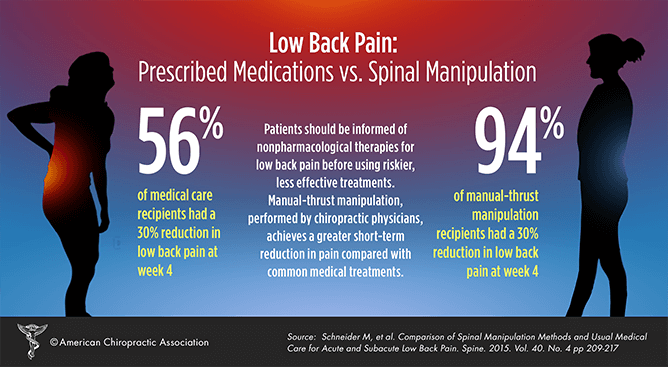The Mechanics And Results Of Cold Laser Treatment: Unveiling The Scientific Comprehending
The Mechanics And Results Of Cold Laser Treatment: Unveiling The Scientific Comprehending
Blog Article
Article Writer-Rush Roberson
You may have heard of cold laser treatment as an appealing treatment choice for numerous problems, however have you ever before wondered just how it in fact works on a mobile degree? Comprehending the mechanisms behind this treatment can shed light on its performance in promoting recovery and minimizing inflammation. By discovering the scientific research behind cold laser treatment, you'll obtain insights into the interesting methods which light can affect cellular procedures and help with tissue repair work.
Just How Cold Laser Therapy Functions
To understand just how cold laser treatment works, you need to comprehend the basic concepts of exactly how light energy communicates with biological tissues. Cold laser therapy, additionally referred to as low-level laser therapy (LLLT), utilizes specific wavelengths of light to permeate the skin and target hidden tissues. Unlike the intense lasers used in surgeries, cold lasers give off low degrees of light that don't produce warmth or cause damages to the cells.
When these mild light waves get to the cells, they're soaked up by components called chromophores, such as cytochrome c oxidase in mitochondria. This absorption triggers a series of organic reactions, consisting of enhanced cellular power manufacturing and the release of nitric oxide, which enhances blood circulation and lowers inflammation.
In addition, the light energy can also promote the production of adenosine triphosphate (ATP), the energy currency of cells, aiding in cellular repair service and regeneration procedures.
Basically, cold laser treatment uses the power of light power to promote recovery and alleviate discomfort in a non-invasive and gentle manner.
Devices of Action
Exactly how does cold laser treatment really function to produce its restorative effects on biological tissues?
Cold laser therapy, likewise known as low-level laser therapy (LLLT), runs via a procedure referred to as photobiomodulation. When the cold laser is put on the skin, the light energy penetrates the cells and is absorbed by chromophores within the cells.
These chromophores, such as cytochrome c oxidase in the mitochondria, are then stimulated by the light energy, resulting in a cascade of biological responses. One essential system of action is the improvement of mobile metabolic rate.
https://cdapress.com/news/2022/nov/23/advertising-advertorial-laser-thyroid-regeneration/ taken in light energy increases ATP manufacturing in the mitochondria, which is essential for cellular feature and repair work. In addition, cold laser treatment assists to reduce inflammation by hindering inflammatory moderators and advertising the release of anti-inflammatory cytokines.
This anti-inflammatory result contributes to pain relief and tissue healing.
Therapeutic Impacts
Comprehending the therapeutic results of cold laser therapy entails acknowledging how the boosted mobile metabolism and anti-inflammatory residential properties contribute to its favorable results on organic tissues.
When laser treatment for smoking cessation is applied to the damaged location, it boosts the mitochondria within the cells, resulting in enhanced production of adenosine triphosphate (ATP), which is important for mobile feature and repair. This boost in mobile energy speeds up the healing process by promoting cells regrowth and minimizing inflammation.
Furthermore, the anti-inflammatory homes of cold laser therapy help to decrease discomfort and swelling in the targeted location. By preventing inflammatory mediators and advertising the release of anti-inflammatory cytokines, cold laser treatment help in alleviating pain and boosting the general recovery reaction.
This reduction in inflammation not just offers immediate alleviation yet additionally sustains lasting cells repair work.
Conclusion
To conclude, cold laser therapy functions by stimulating mobile repair work and cells regeneration with photobiomodulation. Its anti-inflammatory buildings provide discomfort relief and minimize swelling by hindering inflammatory mediators.
This therapy provides a comprehensive method to healing, providing both prompt relief and long-term tissue fixing advantages.
Through its mechanisms of action, cold laser therapy verifies to be an effective and appealing treatment option for a range of problems.
